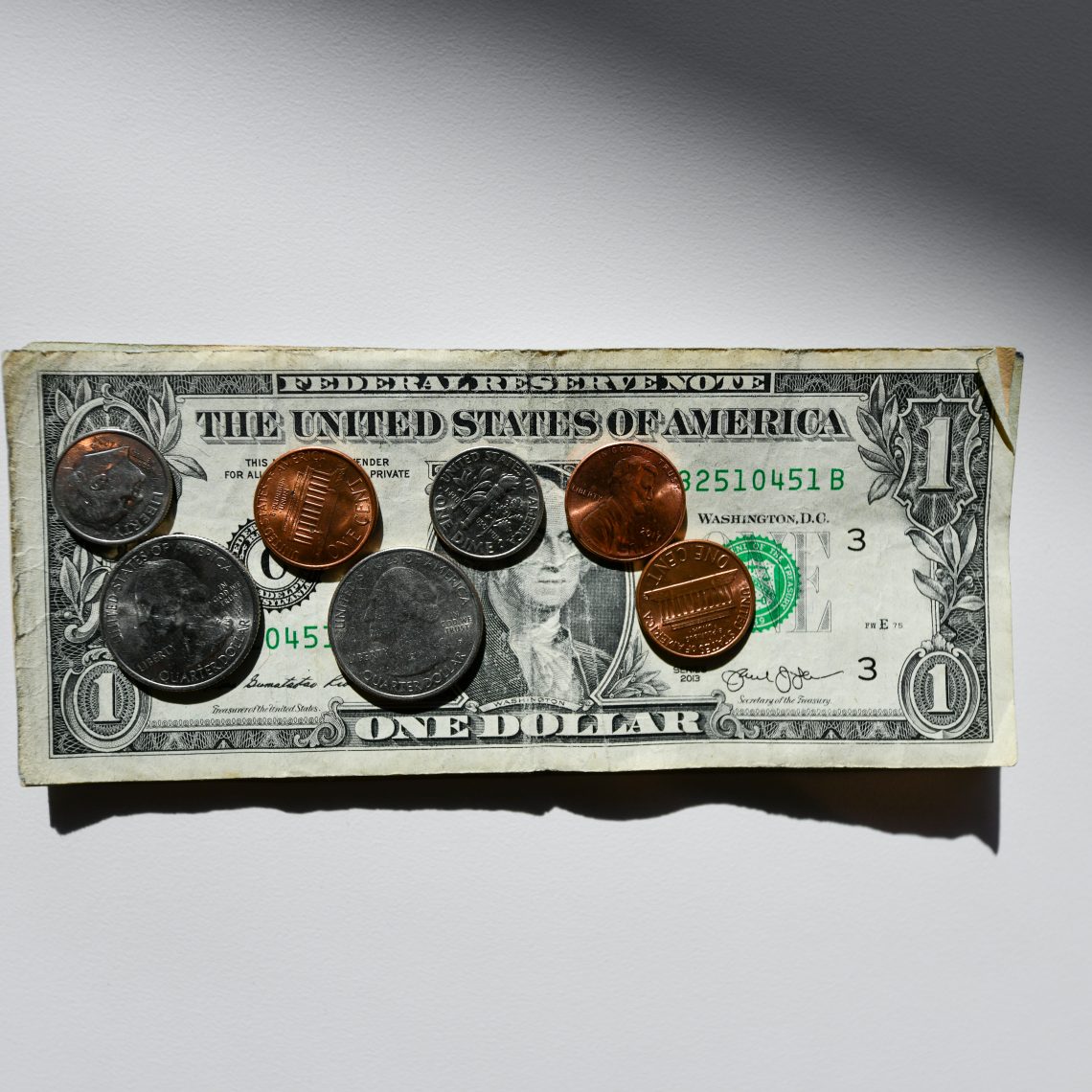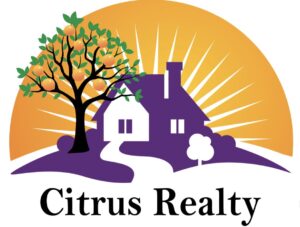The 20% Down Payment Myth
For many aspiring homeowners, the biggest obstacle to achieving their dream is the down payment. Scraping together 20% of a home’s purchase price is a significant financial burden that can take years to save for. Fortunately, there are several mortgage options that allow you to put down much less – or even nothing at all. Let’s delve into the ins and outs of low down payment mortgages and explore the options available to borrowers today.
First, it’s essential to debunk the common myth that a 20% down payment is required to secure a mortgage. While putting down 20% of the home’s purchase price avoids the need for private mortgage insurance (PMI) and might qualify you for better interest rates, there are numerous loan options that accept much less. In fact, according to a recent report, the average down payment for first-time homebuyers is just 7%.
Table of Contents
Conventional Loans with Low Down Payments
Conventional loans are mortgages not insured or guaranteed by the government. While they traditionally require a 20% down payment, some programs offer lower down payment options to make homeownership more accessible:
- Fannie Mae’s HomeReady Program: Only 3% down is required for these loans, which are geared towards low-to-moderate income borrowers. HomeReady loans also allow income from non-borrower household members to be considered when qualifying for the mortgage.
- Freddie Mac’s HomePossible Program: Another 3% down option, HomePossible loans also enable income from non-borrower household members to be factored into eligibility. This can be particularly beneficial for multi-generation households.
- Conventional 97: As the name suggests, these loans require only 3% down. They’re a good option for borrowers with decent credit scores but limited savings for a down payment.
Keep in mind that with down payments less than 20%, you’ll need to pay private mortgage insurance (PMI). PMI protects the lender in case of default and typically adds a few hundred dollars to your monthly mortgage payment. However, you can cancel PMI once you’ve built up 20% equity in your home.
Government-Backed Loans
Government-backed mortgages often have more lenient down payment requirements and are popular among first-time homebuyers and low-to-moderate income borrowers:
- FHA Loans: Insured by the Federal Housing Administration, FHA loans only require a 3.5% down payment. They’re known for having more lenient credit score requirements compared to conventional loans.
- VA Loans: For eligible veterans, active military, and surviving spouses, VA loans offer zero down financing. They also tend to have more favorable terms like lower interest rates, reduced closing costs, and no requirement for PMI.
- USDA Loans: If you’re buying a home in a rural area, a USDA loan might be an option. They offer zero down financing for low-to-moderate income borrowers. USDA loans also have more lenient credit score requirements and lower mortgage insurance premiums compared to FHA loans.
While these loans are more accessible, they often come with additional fees. FHA loans have upfront and annual mortgage insurance premiums. VA loans have a funding fee, and USDA loans have upfront and annual guarantee fees. However, these costs can sometimes be rolled into the loan balance.
Additional Options for Borrowers
- Piggyback Loans: Also known as 80/10/10 loans, these involve taking out a primary mortgage for 80% of the home’s price and a second mortgage for 10%. The remaining 10% is your down payment. This strategy avoids PMI but means managing two loans and potentially higher total interest paid over the life of the loans.
- Down Payment Assistance: Various grants, gifts, and matching programs exist to help with down payments. These can be especially helpful for first-time homebuyers. For example, FHA loans allow 100% of the down payment to be sourced from gifts.
- Delayed Financing: If you have a lot of cash but want to minimize your down payment, delayed financing allows you to buy a home with a minimal down payment, then refinance to a lower rate loan soon after. This strategy can help avoid PMI and tap into equity built up in the home.
The Trade-Offs of Low Down Payment Mortgages
While low down payment mortgages make homeownership more accessible, they’re not without trade-offs. With a smaller down payment, you’ll need to finance more, resulting in higher monthly payments. You’ll also likely need to pay mortgage insurance, adding to your costs. Furthermore, the less you put down, the higher your loan-to-value ratio and the greater risk you pose to the lender, which may result in less favorable loan terms.
It’s crucial to consider the total cost of the loan, not just the down payment requirement. Be sure to compare rates, terms, and fees across different lenders and loan options. You may want to use online mortgage calculators to see how different down payment amounts impact your monthly payments and total interest paid over the life of the loan.
Conclusion
Homeownership is within reach even if you don’t have a substantial down payment. By understanding the various low down payment mortgage options, you can find a loan that fits your financial situation and goals. Always carefully weigh the pros and cons before making a decision. It may also be beneficial to consult with a financial advisor or mortgage broker who can provide personalized guidance based on your individual circumstances. Reach out to me if you need guidance to an excellent mortgage provider!





